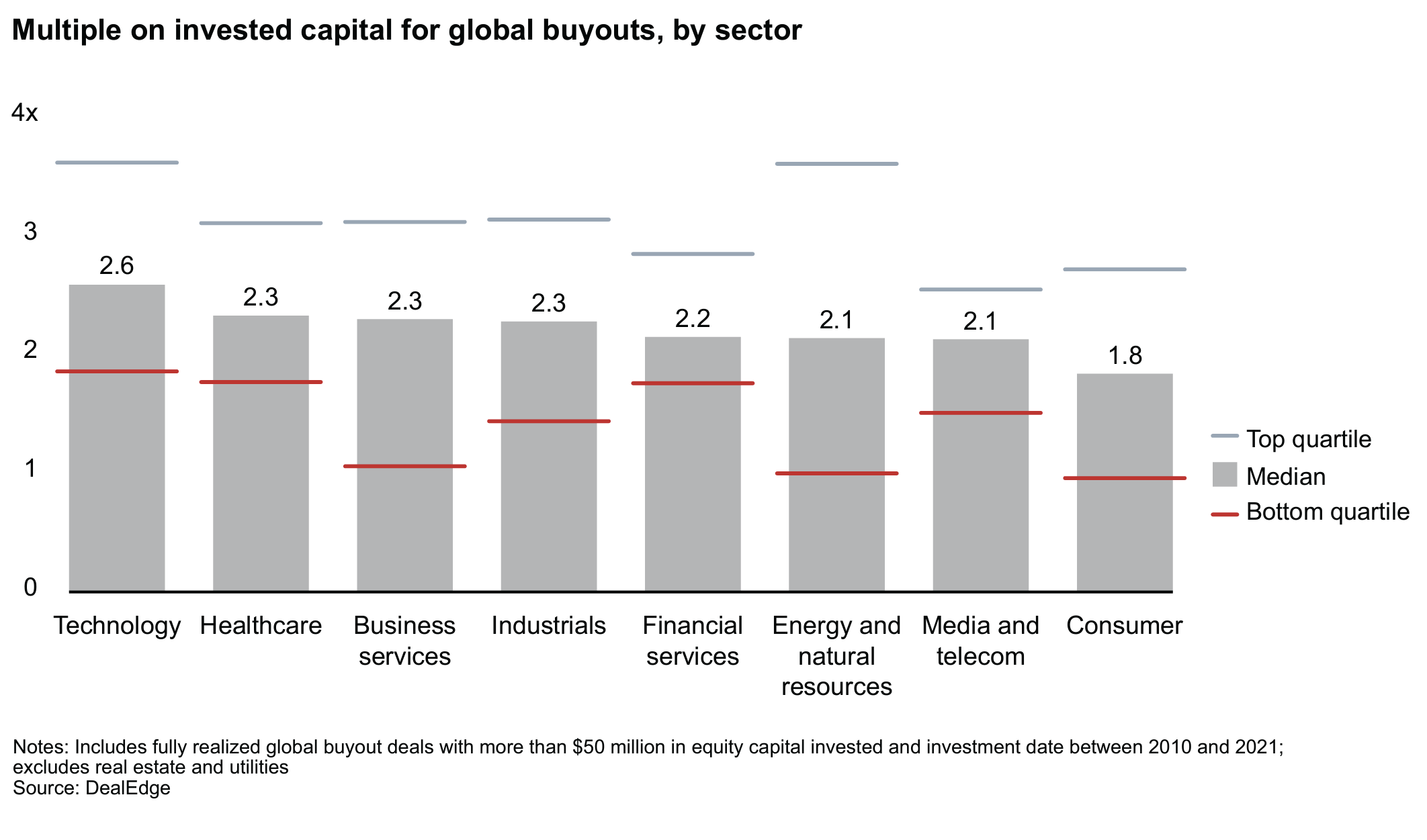Insights
Earnout Structure

Earnouts in M&A transactions should be carefully evaluated. In this post we will explore the components to be aware of in negotiation.
Taylor Swift vs. Earnouts

Taylor Swift may be the most viral example of an attempt to destroy earnout value. If you have access to the internet, then you likely know that Swift was furious when she learned that her first six albums had been sold without her knowledge. Read on to learn how she responded.
What is an Earnout?

In a private equity transaction or M&A deal, an earnout is a contractual provision stating that the seller of the business is entitled to additional future compensation based on the performance of the business post-acquisition.
New Features for Professors Teaching Financial Modeling Courses

New updates for professor accounts at ASimpleModel.com! This feature grants professors free access to the financial modeling curriculum for use in a classroom environment.
Private Equity Industry Focus

If you want to succeed, it helps to specialize. The most recent Global Private Equity Report released by Bain & Company explains how sector-focused private equity firms are gaining an edge over the classic buyout fund.